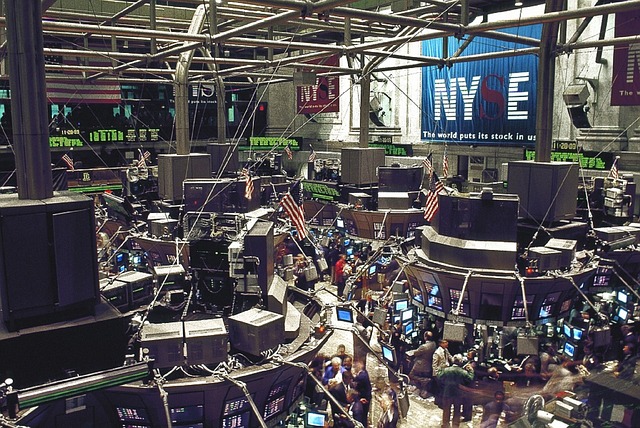Swissquote Bank: Risk slide begins
Swissquote Bank: Risk slide begins

By Ipek Ozkardeskaya, Senior Analyst at Swissquote Bank
Persistent bad news on coronavirus cases and mounting trade tensions on White House’s plans to impose $3.1 new tariffs on European and British imports battered the market mood and brought investors to realize profits and walk away.
The IMF downgraded its outlook for the world economy, predicting a 5.4% contraction in global GDP this year, and a softer rebound in growth in 2021 pointing at a larger than expected supply shock during the early weeks of the lockdown and at a prolonged impact from the social distancing and other virus containment measures to the economy.
Meanwhile, cases in Florida and California rose by record and the WHO warned that South America hasn’t reached a peak yet, despite 25% to 50% rise in cases during the past week.
To make things worse, the US officials announced their plan to impose tariffs on $3.1 billion worth European and British goods. Rising risk of renewed trade tensions brought investors to scale back their recovery prospects for Europe, while Germany imposed new quarantine measures to halt a potential second wave contamination.
On the data front, the US GDP read will likely confirm a 5% contraction in the first quarter today, but the May durable goods orders should print a 10% jump in May on the back of business reopenings and improved economic activity after weeks of lockdown.
Still, investors are caught between a rock and a hard place on the back a rapidly rising flow of bad global news and thin summer liquidity makes the trading conditions choppier.
The DAX and the FTSE bled more than 3% on Wednesday and all sectors slid in S&P500 (-2.59%), the Dow fell 2.72% as Nasdaq slipped 2.19% from its all-time high in New York.
Asian stocks joined the sell-off, though losses across the major Asian indices remained softer as China was closed for bank holiday. The Nikkei slid 1.10% and the ASX lost 2.08% on lower oil prices.
Losses in European and US futures remained timid in the overnight trading session, but there is a chance that the sell-off gains momentum on the back of dashed recovery prospects.
We will likely see a deeper downside correction across the major equity indices, though we believe that the expectation of further fiscal and monetary stimulus should come to the rescue before the market turns into a bloodbath.
But now it’s time for safety. The US dollar is better bid across the board and the US yields ease on the back of a swift move to safe haven assets. Demand in yen and Swiss franc remains solid.
Gold is down after a peak to $1780 per oz on Wednesday, as investors simultaneously liquidate their gold holdings along with their risky positions. But risk averse investors will likely dare to open fresh long positions for a further advance toward the $1800 mark to hedge against a further turmoil in the market. The downside should remain capped near the $1750/1720 area (former resistance turns support / 50-day moving average).
The EURUSD shifts lower on the back of a deterioration in global risk appetite and firmer US dollar. But there is room before ringing the alarm bell. From a technical standpoint, the EURUSD will remain in the bullish trend above 1.1160, the major 38.2% Fibonacci support on April – June rebound.
Cable is preparing to extend gains below the 50/100-day moving average zone, 1.2415/1.2400.
WTI retraces below the $38 per barrel on the back of rising US inventories and weakening demand prospects on the back of the IMF’s downside revision to its global growth forecast. Losses could extend to $35 and below if the global risk sell-off were to intensify.
The USDCAD struggles to keep its head above the 200-day moving average but weakening oil prices and stronger US dollar weigh on the Loonie. In addition, Fitch downgraded Canada from AAA to AA+ pointing at the deterioration of public finances after the Covid-19 which should lead to a significant increase in the country’s debt-to-GDP ratio to 115% in 2020, from 88.3% printed a year earlier. News is bad, but not shocking as most developed nations are expected to expand debt above the 100% threshold, if it is not done yet.
Elsewhere, the Central Bank of Turkey is expected to cut its one-week repo rate by 25 basis points to 8% at today’s monetary policy meeting. The lira is faced with an increased selling pressure. Even though the recent decline in inflation allows the bank to lower its rates, the swift recovery in oil and energy prices and post-Covid jump in demand warns that the country may face a dangerous rebound inflationary pressures, which would leave both the central bank and the Turkish lira on the backfoot.


